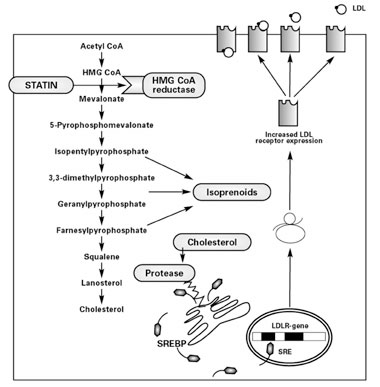.
.

Proc Natl Acad Sci U S A. 2010 Jul 13;107(28):12493-8. Epub 2010 Jun 30.
Structural basis for recognition of phosphodiester-containing lysosomal enzymes by the cation-independent mannose 6-phosphate receptor. 2010
Olson LJ, Peterson FC, Castonguay A, Bohnsack RN, Kudo M, Gotschall RR, Canfield WM, Volkman BF, Dahms NM.
Source
Department of Biochemistry, Medical College of Wisconsin, Milwaukee, WI 53226, USA.
Abstract
Mannose 6-phosphate (Man-6-P)-dependent trafficking is vital for normal development. The biogenesis of lysosomes, a major cellular site of protein, carbohydrate, and lipid catabolism, depends on the 300-kDa cation-independent Man-6-P receptor (CI-MPR) that transports newly synthesized acid hydrolases from the Golgi. The CI-MPR recognizes lysosomal enzymes bearing the Man-6-P modification, which arises by the addition of GlcNAc-1-phosphate to mannose residues and subsequent removal of GlcNAc by the uncovering enzyme (UCE). The CI-MPR also recognizes lysosomal enzymes that elude UCE maturation and instead display the Man-P-GlcNAc phosphodiester. This ability of the CI-MPR to target phosphodiester-containing enzymes ensures lysosomal delivery when UCE activity is deficient. The extracellular region of the CI-MPR is comprised of 15 repetitive domains and contains three distinct Man-6-P binding sites located in domains 3, 5, and 9, with only domain 5 exhibiting a marked preference for phosphodiester-containing lysosomal enzymes. To determine how the CI-MPR recognizes phosphodiesters, the structure of domain 5 was determined by NMR spectroscopy. Although domain 5 contains only three of the four disulfide bonds found in the other seven domains whose structures have been determined to date, it adopts the same fold consisting of a flattened beta-barrel. Structure determination of domain 5 bound to N-acetylglucosaminyl 6-phosphomethylmannoside, along with mutagenesis studies, revealed the residues involved in diester recognition, including Y679. These results show the mechanism by which the CI-MPR recognizes Man-P-GlcNAc-containing ligands and provides new avenues to investigate the role of phosphodiester-containing lysosomal enzymes in the biogenesis of lysosomes.

Text
Quertle
Hydrolase transport lysosomes viral
Hydrolase transport lysosomes
IGF2R autophagy
Pubmed
lysosomal parkinson's schneider
Lysosomal function in macromolecular homeostasis and bioenergetics in Parkinson's disease. 2010
Systems biology of the autophagy-lysosomal pathway. 2011
dengue panyasrivanit


Control of cholesterol synthesis through regulated ER-associated degradation of HMG CoA reductase 2010

Feedback regulation of cholesterol synthesis: sterol-accelerated ubiquitination and degradation of HMG CoA reductase 2008